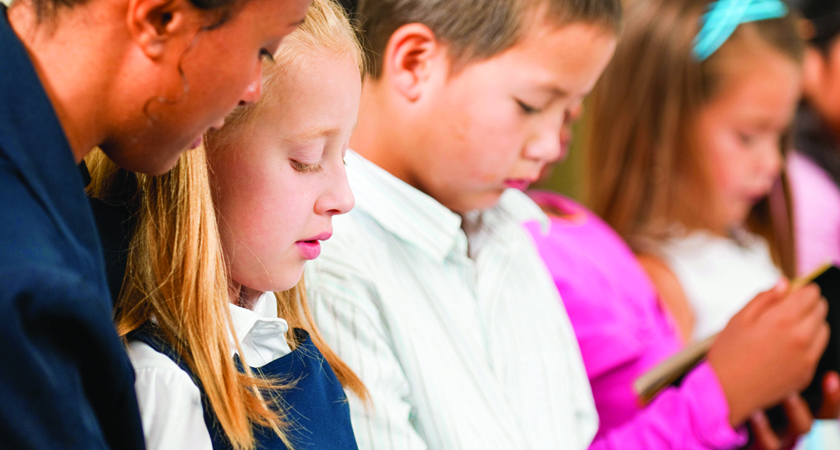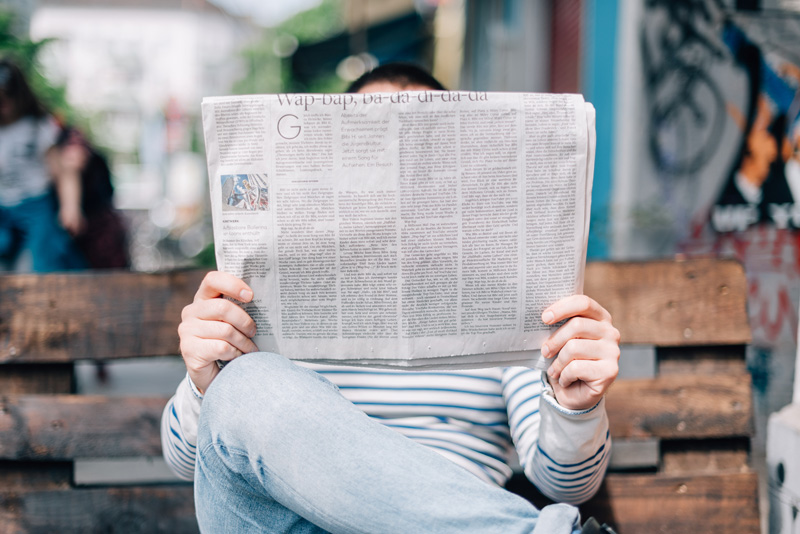Our First Amendment rights must survive COVID-19
First Five by the Freedom Forum Institute
Apr 23, 2020
By Gene Policinski
Download Word doc here.
Can the government override our First Amendment rights with orders such as limits on public assemblies, faith-based gatherings and public protests during the COVID-19 pandemic?
The short answer is “yes … probably … in certain circumstances … within specific limits.”
Here’s what our public officials, should ask themselves — and what we should demand that they do — before using public health concerns as a reason to infringe on any of our core freedoms of religion, speech, press, assembly or petition.
First, take a measure of whether a quarantine, stay-at-home order or limit on public gatherings is in response to an actual crisis.
Little doubt today’s COVID-19 pandemic meets that test.
But going all the way back to 1900, courts have not always supported declarations. In that year, a federal court overturned a San Francisco quarantine order applied to a largely Chinese-American area of the city. The court, in Jew Ho v. Williamson, found the order overly broad, based on a biased and unsupported theory that rice consumption made people more likely to spread bubonic plague — a genuine health crisis of that moment.
More recently, several courts have rejected such government overreach in cases involving vaccination for measles — overturning attempts to ban unvaccinated students from attending public schools. Again, in other cases more than a century old to modern-day issues ranging from AIDS to the severe acute respiratory syndrome (SARS) epidemic of a few years ago to concern about Ebola, courts largely have focused more on “how” government is applying limits on personal freedoms rather than “if” such action is constitutional.
In what the Centers for Disease Control and Prevention (CDC) cites as the foundation case for government authority to impose public safety limitations, the U.S. Supreme Court upheld in 1905 Massachusetts’ state power to impose “public health control measures” in the face of a smallpox outbreak. The justices held that the 10th Amendment empowers states to undertake “reasonable regulations” to protect public health and safety” and cited a community’s “right of self-defense” to “protect itself against an epidemic disease.”
But both First Amendment and due process requirements of the 14th Amendment lead us to the second question that public officials should ask themselves: Is the order the least-restrictive means to protecting public health?
We see such reasoning applied when officials have turned first to “social distancing” — 6-, 8- or 10-foot separation from others — or limits on the number of people at public gatherings, rather than attempting outright bans on all meetings or short-term school closings before canceling classes for an entire semester.
As a coalition of free-speech groups — including, I should note, the Freedom Forum — argued in an open letter recently to federal, state and local officials, there also are ways to protest that don’t violate health orders: “Wearing masks and standing 6 feet apart outside hospitals and other places of business to protest inadequate safety precautions; participating in car demonstrations in Arizona, California and Michigan; and launching digital campaigns.”
The letter was promoted in part by a tweet on April 14 by police in Raleigh, N.C., that public protest is “a non-essential activity.” The coalition letter argued that “people must be free to express disagreement with government decisions, even when it involves criticism of essential public health measures.”
Two lawsuits directly stemming from COVID-19 restrictions give a hint as to the legal battles ahead.
Temple Baptist Church in Greenville, Mississippi, filed a federal lawsuit challenging $500 fines for worshipers who attended a “drive-in” service in which they remained in their cars. The U.S. Justice Department is supporting the church, saying police targeted a religious gathering and were not applying meeting limits equally to secular events, and that a ban on attending services in a car does not meet the “least-restrictive methods” test.
The Pennsylvania Supreme Court upheld last week that Gov. Tom Wolf’s March 19 order banning “non-life-essential” meetings does not violate the First Amendment right to peaceably assemble or other constitutional rights. A group supporting a congressional candidate had challenged the executive order, claiming multiple constitutional violations, including that it interfered with members’ rights to peaceably assemble at a “place of physical operations” that they wish to use to engage in speech and advocacy.
However, the justices, in Friends of Danny DeVito, et al v. Wolf, said, “Constitutional rights to free speech and assembly … are not absolute, and states may place content-neutral time, place and manner restrictions on speech and assembly,” as long as the restrictions further a substantial governmental interest and do not unreasonably limit alternative means of communication, such as online campaigning.
Technology may be a barrier to successful challenges by faith-based communities to orders preventing them from gathering to worship, which some groups argue is essential to their religious practices. Courts may find that online meeting apps and software, such as Zoom and GoToMeeting, provide reasonable alternatives to actual gatherings, at least for a short time. Critics of social distancing or meeting bans may counter that not all people have access to the web, but not everyone has ready transportation to attend services in person, either.
And the element of time introduces a third question to be asked, likely to come more into play as the coronavirus crisis lengthens: “Is the duration of the limit appropriate to the danger?” As the danger to public health ebbs, the legal justification for preventing in-person worship services or shoulder-to-shoulder protest marches also will diminish.
For those watching the daily briefings from the White House, federal officials are, for now, limited in their power to impose widespread orders like stay-at-home restrictions. The U.S. government can impose individual quarantines to prevent the spread of diseases like cholera, yellow fever, pandemic flu and now “severe acute respiratory syndromes” like COVID-19 across state lines. But as with state and local officials, federal agencies like the CDC show a clear and compelling reason for detention — that it’s the least restrictive measure required to protect public health.
A complicating factor for First Amendment watchdogs is that each state has its own version of laws authorizing quarantines and isolation orders. A starting point for opponents of such restrictions rests with the U.S. Constitution’s provision in the 14th Amendment that none of us can be denied “life, liberty or property, without due process of law.” Again, courts have held there are reasons when we can be deprived of liberty because we pose a danger to others — for example, because of mental illness (U.S. Supreme Court, Addington v. Texas, 1979).
But even in such cases, government has to prove a “clear and compelling danger,” not just a scientific theory or concern that someone or something might be a threat — a legal standard which might come to rely heavily on testing for COVID-19 exposure and infection once those interventions become widespread.
The COVID-19 outbreak is a real threat to public health, but it should not be a reason for long-term damage to our core freedoms.










